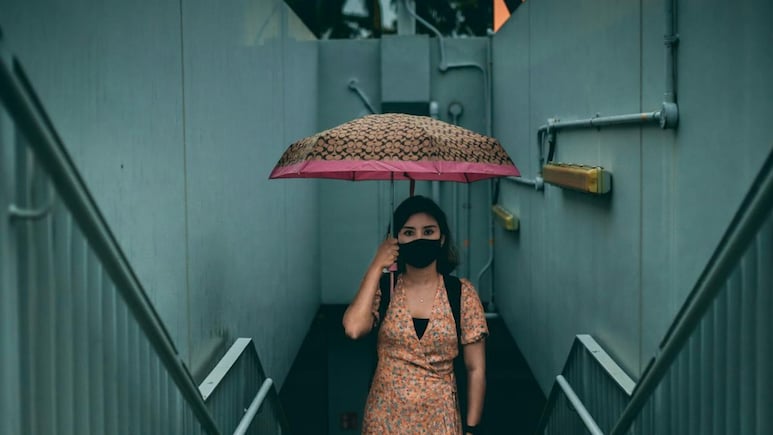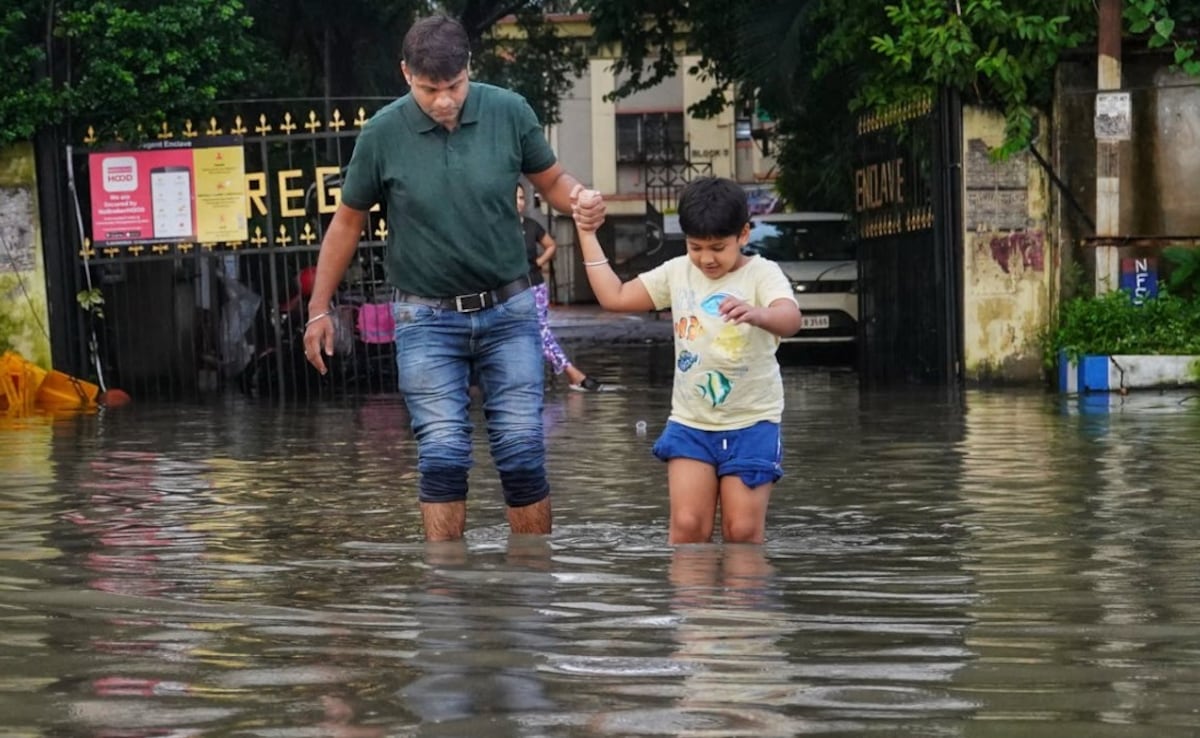
The Indian monsoon is a time of mixed blessings - lush greenery, cooler weather, and a variety of health issues. But while most of you must have been repeatedly warned about stomach ailments like food poisoning and acidity, or even skin issues like infections, eczema, etc. did you know that your lungs and respiratory health are impacted just as much. Humidity, fluctuating temperatures, damp homes, airborne mould and seasonal viruses make respiratory problems common between June and September.
Let's unpack key lung and respiratory health issues during monsoon in India, their causes, and give you five science backed prevention strategies to keep you breathing easy while you enjoy the rains.
Key Respiratory Health Issues During Indian Monsoon
1. Cold, Flu & Influenza (like H3N2)
Sudden temperature changes, crowded indoor spaces, and high humidity create perfect conditions for viral respiratory infections like common cold and influenza. Symptoms include cough, sore throat, fever and body aches. Recently, as per news reports, H3N2 influenza has seen a surge in Kolkata since mid-June, causing prolonged cough cold symptoms especially in children and the elderly. Hospitals report entire family clusters, emphasizing how easily these viruses spread during monsoon. As the monsoon intensifies across India in August, it is likely that high population density urban areas will witness a similar rise in viral respiratory infection cases.
2. Asthma Exacerbations & Allergic Rhinitis
A multicentre Indian study (SWORD) among over 25,000 adults (published in the peer-reviewed journal Public Library of Science One in August 2022) showed significant seasonal spikes in asthma and allergic rhinitis during the monsoon-often triggered by mould exposure, rain wetting, and travel. But if you thought these triggers are only found outdoors, think again. High indoor humidity also promotes dust mites and fungal spores-key allergens that irritate airways and worsen asthma or allergies.

3. Acute Respiratory Infections (Bronchitis, Pneumonia, COPD flare ups)
Rain-wetting and lower ventilation contribute to increased cases of bronchitis, pneumonia, and COPD exacerbations, as per SWORD data reporting respiratory tract infections at 13% during monsoon, versus just 4% in summer. Damp and cold air can constrict airways, making it harder for lungs to function, especially in COPD patients. This in turn can lead to increased hospitalisations and burdening of the hospital system due to respiratory health emergencies during monsoon season.
4. Indoor Pollutants, Dust & Post Rain Pollution Spikes
Monsoon rains initially help clear dust and air pollution, especially so after the intense and dry summers that large parts of North and West India witness. But as roads dry up after a spell of rain and get churned up by traffic again, dust and PM10 levels rise sharply once again, triggering coughs and chest tightness, particularly in cities with high population densities and high automobile use. Similarly, when you cook indoors with bare minimum ventilation at home during monsoons, the indoor pollutants trigger coughs and chest congestions, and may even cause headaches and sight-related issues.
5. Fungal Exposure And Damp Related Respiratory Irritation
This applies to every season, and especially in the case of monsoon, but moist walls and bathrooms at home become hotspots for mould and mildew. Their spores circulate in indoor air, worsening asthma, allergic rhinitis, or even triggering severe reactions like wheezing or chest discomfort-especially in sensitised individuals.
Why Do These Issues Increase During Monsoon?
- High humidity (often>70%) makes it easier for microbial growth (mould, dust mites), and reduces air exchange indoors, concentrating allergens. Airborne droplets linger longer in such environments, facilitating virus spread.
- Rain wetting and temperature swings irritate airways and trigger immune responses such as cough.
- Reduced ventilation-windows kept shut, fewer cross breezes-means pollutants and allergens build up indoors.
- Pollution leftover from pre monsoon dust or combined with rain washed particulate matter contributes to poor indoor and outdoor air quality.

A father and son cross a waterlogged road in Kolkata
Photo Credit: Pexels
5 Science-Backed Prevention Tips For Monsoon Respiratory Illnesses
1. Maintain Indoor Air Quality And Reduce Mould
Use a dehumidifier or air conditioner to keep relative humidity around 40-60% indoors-it inhibits mould and dust mites and reduces viral viability. Regularly clean and dry damp areas like bathrooms, basements, and closets. Use bleach or mould-killing agents where needed.
2. Use HEPA Air Purifiers And Clean AC Filters
Air purifiers with HEPA filters efficiently trap allergens, mould, and tiny particulates. Clean or replace AC filters regularly to prevent mould accumulation and maintain ventilation.
3. Follow Respiratory Hygiene And Vaccination
Practice cough etiquette, use tissue/elbow to cover mouth, wash hands frequently, and avoid close contact with symptomatic individuals. Get an annual flu vaccination, especially for children, elderly, and those with chronic lung conditions, to protect against influenza strains like H3N2.
4. Protect From Dust And Outdoor Pollution
After rain, avoid walking or driving near dusty roads. If unavoidable, wearing a protective N95 mask helps reduce inhalation of fine particulates (PM10/PM2.5). Keep footwear and clothes clean after being outdoors in dusty or muddy areas.
5. Boost Immunity And Hydrate Smartly
Stay hydrated with warm water, herbal teas, or soups. Ginger water and clove tea-rich in anti-inflammatory, anti-microbial compounds-can soothe airways and support immunity naturally. Eat a balanced diet including fruits, vegetables, lean proteins, and whole grains to strengthen your immune system.
Monsoon rains can feel soothing-but for your lungs, it's a season of risks. From virus outbreaks like H3N2, to asthma flare ups, pneumonia and indoor mould allergies-understanding the science and following simple preventive measures can make all the difference. Clean indoor air, good hygiene, timely vaccinations, and immunity-supporting habits help you enjoy the monsoons without coughing or wheezing.
Disclaimer: This content including advice provides generic information only. It is in no way a substitute for a qualified medical opinion. Always consult a specialist or your own doctor for more information. NDTV does not claim responsibility for this information.
Track Latest News Live on NDTV.com and get news updates from India and around the world

